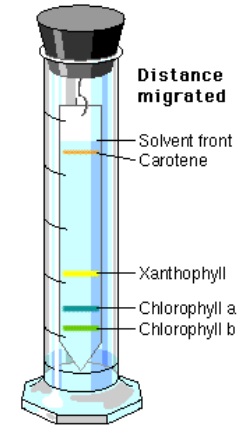Learning aims: |
|
Students are supposed to link knowledge about blood, water, crystals and polymers. They should understand what damage freezing water causes in cells and how to prevent damages during freezing of the cells. |
Materials: |
|
frozen fruit (strawberries or raspberries), interactive applet on attachement |
Suggestions for use: |
|
Let frozen fruit defrost and ask your students meanwhile:
– Why does it not look like fresh? – What will happen when the fruit defrosts? – What could have happened to the fruit cells? – Where does the released water come from? However, cooling and freezing at very low temperatures in liquid nitrogen is a well-known way to conserve live tissue. There are ways to protect tissues from being damaged during crystal growth. When crystals develop inside a cell or in its neighbourhood, they are very small. But they grow and tear the cell membranes. Let students plan and carry out an experiment in crystallization of salt. Let them experimentally investigate under what conditions small crystals grow, and when bigger ones are created. Imagine a crystal of water. It is, in fact, a snowflake with sharp edges. When working with an interactive applet students should find out optimal conditions – how many polymers and when they should be added to the solution for the best possible protection of cell membranes (during a cooling or before the start of cooling). Polymers added to tissues wrap the nuclei of crystals and prevent them from growing. Use the model and explain how the polymer inhibits the growth of crystal. |
|
Possible questions: |
|
